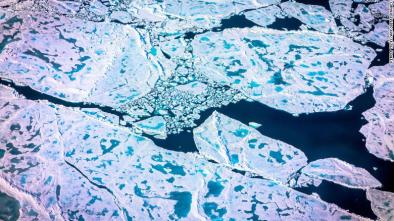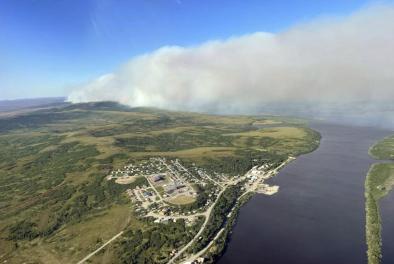Science Source
Changes in North American Atmospheric Circulation and Extreme Weather: Influence of Arctic Amplification and Northern Hemisphere Snow Cover
- This study tests the hypothesis that Arctic amplification (AA) of global warming remotely affects midlatitudes by promoting a weaker, wavier atmospheric circulation conducive to extreme weather
- The investigation is based on the late twenty-first century over greater North America (20°–90°N, 50°–160°W) using 40 simulations from the Community Earth System Model Large Ensemble, spanning 1920–2100
- AA is found to promote regionally varying ridging aloft (500 hPa) with strong seasonal differences reflecting the location of the strongest surface thermal forcing; during winter, maximum increases in future geopotential heights are centered over the Arctic Ocean, in conjunction with sea ice loss, but minimum height increases (troughing) occur to the south, over the continental United States
- Finds that, during summer, the location of maximum height inflation shifts equatorward, forming an annular band across mid-to-high latitudes of the entire Northern Hemisphere
- Finds that changes in circulation waviness are inversely correlated with changes in zonal wind speed at nearly all latitudes, both in the projections and as observed during recent decades
- Concludes that over the central United States during summer, the weaker and wavier flow promotes drying and enhanced heating, thus favoring more intense summer weather
Related Content
Science Source
| Communications Earth & Environment
The Arctic has warmed nearly four times faster than the globe since 1979
Rantanen, M., Karpechko et al
Headline

Aug 12, 2022 | Climate Nexus Hot News
The Arctic is warming four times faster than the rest of the world
Headline

Jul 21, 2022 | CNN
A 'Not Normal' Amount Of Greenland's Ice Melted Last Weekend
Headline

Jun 14, 2022 | Climate Nexus Hot News
Yup'ik People Defend Homes From Climate-Fueled Fires In Yukon Delta


